Cumbernauld is a town in North Lanarkshire, Scotland, about 13 miles (21 km) north-east of Glasgow and about 37 miles (60 km) west of Edinburgh. Cumbernauld is situated between the rivers Clyde and Forth. The population in 2000 was estimated at around 50,000. The name Cumbernauld (from the Gaelic comar nan allt – meeting place of the waters) was known in Roman times. The current layout of the town was developed in 1963 by architect Geoffrey Copcutt, whose design envisaged a pedestrian-friendly town.
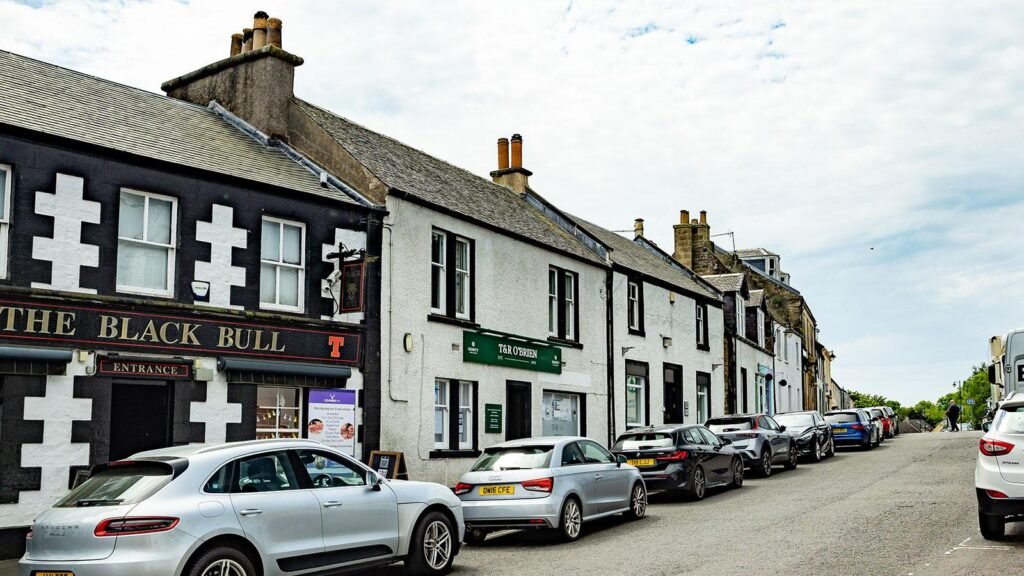
- Cumbernauld is one of Scotland’s best-known New Towns and was created in the 1950s as a population overspill for Glasgow. Cumbernauld’s town center was regenerated in the 1990s and includes what is now accepted as Britain’s first shopping center and the world’s first multi-level covered town center. This has since been expanded with the addition of the Antonine Shopping Center, providing a large variety of shops. The town has a wide selection of eateries.
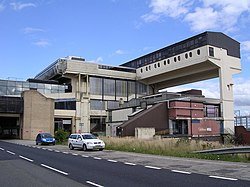
- The town boasts a number of attractive green spaces. To the south of the town, Palacerigg Country Park has nature trails, a tree-top walkway and a zoo, making for a great family day out. Cumbernauld House Park and Cumbernauld Glen in the heart of the town are natural havens for wildlife. Cumbernauld Outdoor Activity Center offers a range of leisure activities from archery to paintball and 4×4 driving. The town has a museum in the main library which details the story of Cumbernauld through the Roman, agricultural and industrial eras.

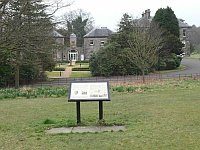


- Cumbernauld has many links to nearby motorways including the M8, M74 and M9. Regular bus services run to Glasgow, Stirling, Falkirk, Dunfermline and St Andrews while local services run to the surrounding towns and villages. The town is served by two railway stations, Cumbernauld and Croy. Cumbernauld also has its own airport but it is primarily used for training.
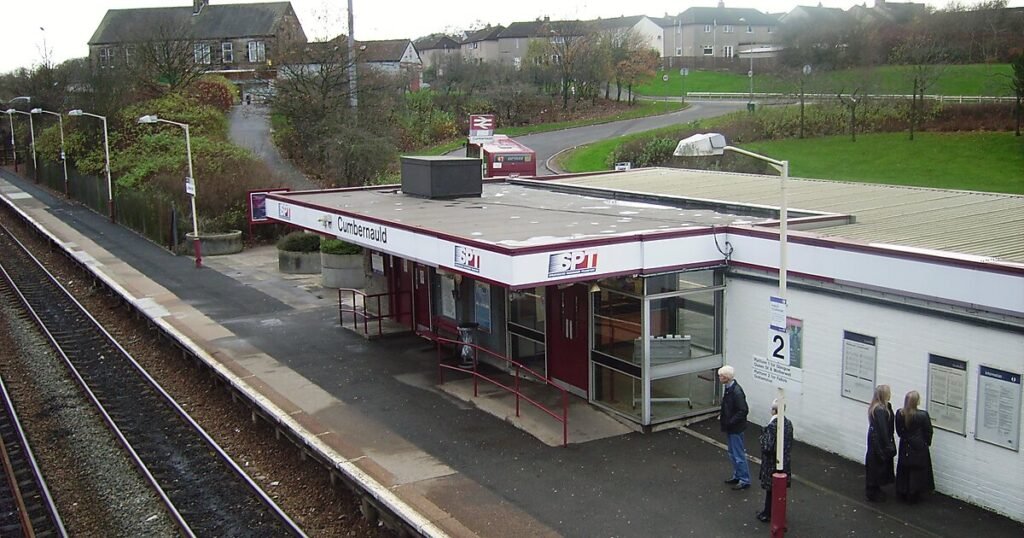

- Cumbernauld is a town in Scotland, located in North Lanarkshire, near the Clyde Valley. It is located about 13 miles (21 km) north-east of Glasgow and about 37 miles (60 km) west of Edinburgh. The town is known for its unique town planning and pedestrian-friendly streets. Cumbernauld, by its official name, is known as Comar nan Allt, meaning “meeting place of the waters”. The town developed around ancient Roman routes and was designed by architect Geoffrey Copcutt in 1963, who prioritised public space and the natural environment. Cumbernauld is also a dynamic cultural centre, offering visitors a range of attractions, including bold public art installations and wooded glens and nature parks, which are set alongside modern urban planning.
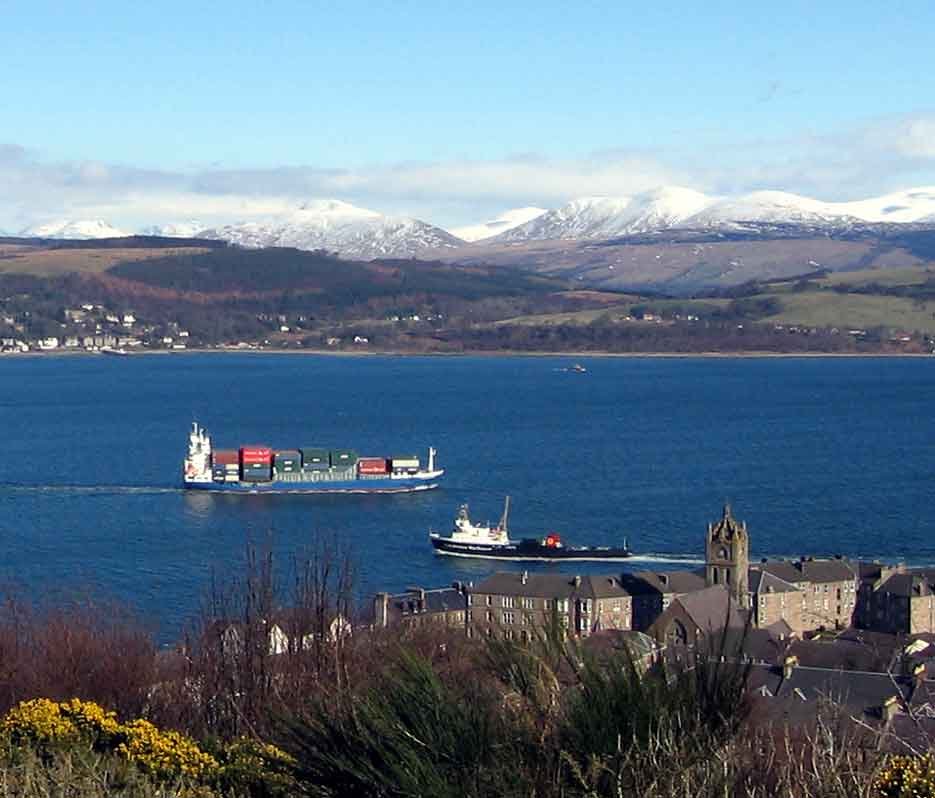
- Cumbernauld Castle, a medieval fortress ruin in North Lanarkshire, Scotland. The castle remains include a stone wall on local allotments, with parts of the structure incorporated into the neighbouring Cumbernauld House. Built around 1370, the castle passed from the Comyn family to the Flemings in 1306, serving as a residence for Scottish gentry until the 18th century. Mary Queen of Scots visited the castle in 1561, where a tragic incident occurred when the roof of the great hall collapsed, causing casualties. The castle grounds connect with trails through the surrounding park, providing access to historic structures and the natural landscape.

- When to visit? Weather and climate. When to go to Cumbernauld? The best months to visit Cumbernauld are: May, July, August and September. On average, the warmest months are June, July and August. January is the coldest month. The wettest months are January, February, July, August, October, November and December. Cumbernauld has a temperate oceanic climate (warm summer) according to the Köppen-Geiger climate classification. The maximum temperature in Cumbernauld averages 12°C throughout the year (ranging from 5°C in January to 18°C in July). Rainfall is 1368 mm throughout the year, with the least amount of rainfall in April being 69mm and the most rainfall being 144 mm in August.

